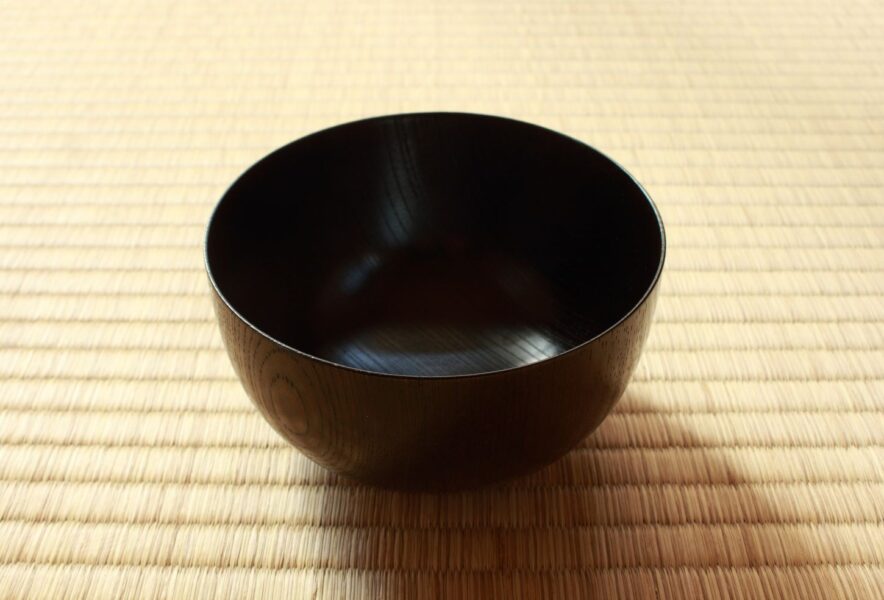Japanese lacquerware, known as urushi, is one of Japan’s oldest and most revered art forms. Made from the sap of the lacquer tree, it is used to create stunningly beautiful and durable items such as bowls, trays, and decorative pieces. The craft of urushi has been passed down through generations, and today it remains a symbol of Japan’s rich cultural heritage.
What is Urushi? An Introduction to Japanese Lacquerware
Urushi is a traditional Japanese lacquer made from the sap of the urushi tree. This natural lacquer is applied in layers to wooden or bamboo objects, creating a glossy, smooth finish. The process of applying multiple layers of lacquer not only enhances the aesthetic beauty of the item but also makes it water-resistant and durable. Japanese lacquerware has been used for centuries, both as everyday tableware and as highly decorative, collectible art pieces.
The History of Japanese Lacquerware: A Timeless Tradition
Japanese lacquerware has a long and storied history, dating back to the Jomon period (10,000–300 BCE). Lacquered items have been found in archaeological sites from this era, showing that the craft has been an integral part of Japanese culture for thousands of years. During the Heian period (794–1185), lacquerware became a symbol of status among the aristocracy, used in religious ceremonies and royal courts.
By the Edo period (1603–1868), lacquerware became more widely available to the public, with innovative techniques such as makie (gold and silver powder sprinkled on wet lacquer to create intricate designs) and chinkin (engraving filled with gold) enhancing its beauty. Today, Japanese lacquerware is admired worldwide for its craftsmanship and artistic value.
Types of Urushi: Bowls, Trays, and Decorative Lacquerware
There are various types of urushi lacquerware, each designed for specific uses. The most popular types include:
- Bowls: Lacquered bowls are a staple in Japanese dining, often used for soups, rice, and other dishes. They range from simple, everyday designs to elaborate, hand-painted patterns.
- Trays: Used to serve food or tea, lacquered trays come in a variety of sizes and shapes, some featuring stunning decorative techniques like makie or chinkin.
- Decorative pieces: Lacquerware is also crafted into beautiful boxes, plates, and ornamental items, often embellished with gold leaf, mother-of-pearl inlay, or other intricate designs.
These items not only serve practical purposes but are also valued as collectibles and art pieces.
The Craftsmanship Behind Urushi: How Japanese Lacquerware is Made
Creating Japanese lacquerware is a painstaking process that can take weeks or even months to complete. The base item, usually made of wood or bamboo, is first carved and shaped. Next, several thin layers of lacquer are applied to the surface. Each layer needs time to dry completely, a process that can take several days as lacquer requires a humid environment to cure properly.
Some pieces are further enhanced with decorative techniques like makie (sprinkling gold or silver powder over wet lacquer), raden (mother-of-pearl inlay), or chinkin (engraving the lacquer surface and filling it with gold). These techniques demand a high level of skill and are passed down through generations of artisans, ensuring the preservation of this ancient craft.
Where to Buy Authentic Lacquerware in Tokyo
Tokyo is a prime location to find exquisite Japanese lacquerware. Some of the best places to purchase authentic pieces include:
- Ginza: This luxury shopping district is home to high-end stores offering finely crafted lacquerware, perfect for gifts or personal collections.
- Nihonbashi: Known for its historic shops, Nihonbashi has a variety of stores specializing in traditional crafts, including urushi lacquerware made by skilled artisans.
- Asakusa: In this cultural hub, you’ll find a range of lacquerware, from affordable souvenirs to high-end decorative pieces.
- Ueno: Famous for its museums and markets, Ueno is a great spot to explore traditional Japanese crafts, including lacquerware.
Whether you’re looking for a lacquered bowl for daily use or an ornamental box for display, Tokyo offers a wide selection of authentic urushi items.

Comment